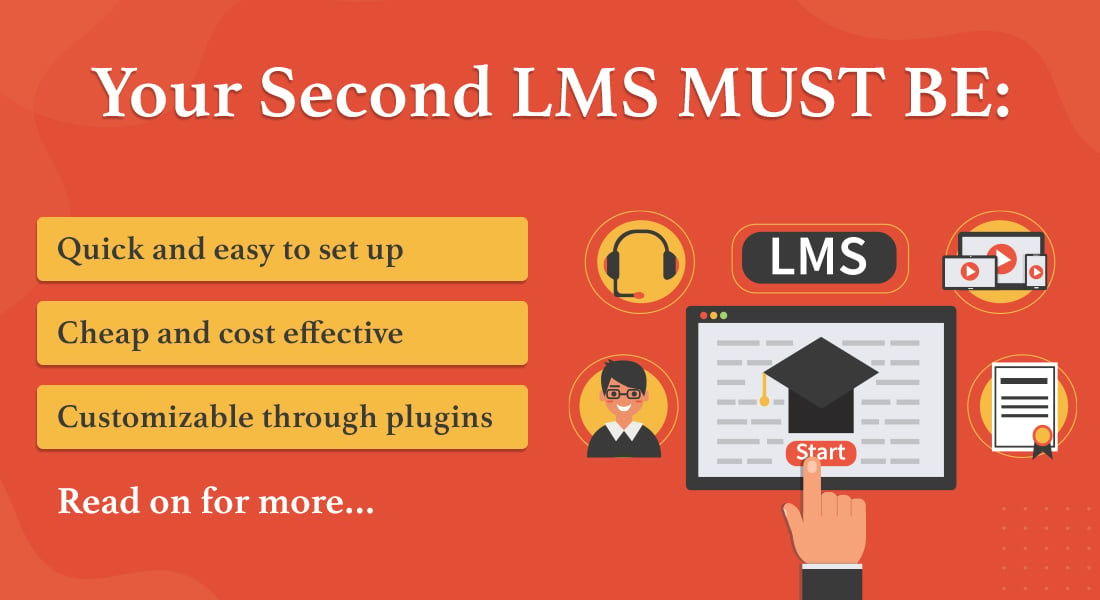How Does Storyline Help Create Accessible eLearning Courses?

The world of Learning and Development (L&D) is constantly evolving. In 2024 and beyond, a key focus for L&D professionals is ensuring their training programs are inclusive and accessible to a diverse workforce. This not only fosters a positive learning environment but also maximizes the impact of your training investment.
This blog post dives into the world of accessible eLearning with Articulate Storyline, a powerful authoring tool used by many L&D professionals. Through the blog, we answer your burning questions and equip you with the knowledge and best practices to design courses that truly reach everyone.
Let's start with the basics.
What Does Accessibility Mean in eLearning, and Why is it so Important?
Accessibility in eLearning ensures your courses are usable by everyone, regardless of ability. This includes learners with visual, auditory, motor, or cognitive disabilities.
Accessible eLearning Isn't Just a Good Idea, It's a Responsibility.
Here's why corporate eLearning accessibility matters:
- Compliance: Many organizations have legal obligations to provide accessible training.
- Inclusivity: Fosters a welcoming learning environment for a diverse workforce.
- Engagement: Accessible courses allow all learners to participate fully, leading to better engagement and knowledge retention.
- Brand reputation:Demonstrates your commitment to a culture of inclusion.
What are the Concrete Benefits of Creating Accessible eLearning Courses?
The benefits of accessible eLearning extend far beyond simply fulfilling legal requirements. By creating inclusive training experiences, you unlock a wealth of advantages for your organization and learners alike.
- Increased ROI: Accessible courses reach a wider audience within your organization. This includes employees with disabilities, those who may not be fluent in the primary language, or learners in noisy environments. By maximizing the reach of your training, you ensure a greater return on your investment in course development and delivery.
- Improved Learner Satisfaction: Inclusive courses create a more positive learning experience for everyone. When learners feel their needs are considered and they can access information effectively, they're more likely to be engaged and retain knowledge. This inclusive environment leads to a more satisfied workforce and a stronger learning culture.

- Reduced Development Costs: Building accessibility into your eLearning courses from the beginning is a cost-effective approach. By proactively considering elements like clear language, descriptive alt text, and keyboard navigation, you avoid the need for expensive retrofits later. Additionally, accessible courses often require less explanation and support for learners, leading to further cost savings.
- Enhanced SEO: Accessible courses are often more search engine friendly. This is because they often utilize clear and concise language, proper heading structures, and alternative text descriptions – all elements that search engines favor. By improving your course's searchability, you ensure it's easily discoverable by relevant learners within your organization's learning management system (LMS).
These are just a few of the many benefits associated with creating accessible eLearning courses. By prioritizing accessibility, you're not just complying with regulations, you're investing in a more inclusive, effective, and future-proof training strategy.
→ Download Now: Online Learning for Corporate Training [eBook]
How Can Articulate Storyline Help Create Accessible eLearning Courses for Corporate Training?
Articulate Storyline is a powerful authoring tool specifically designed to empower L&D professionals to create engaging and effective eLearning experiences. The good news is, Storyline comes packed with features that make building accessible courses a breeze! Here's how:
- Built-in Accessibility Features: Storyline offers a range of built-in features that address key accessibility considerations:
- Alternative Text (Alt Text): Easily add descriptions to images, videos, and other non-text elements. These descriptions are then read aloud by screen readers, allowing learners with visual impairments to understand the content.
- Keyboard Navigation: Learners who rely on keyboards for navigation can easily move through your course using the Tab key and other keyboard shortcuts. Storyline ensures a smooth and logical navigation flow for keyboard users.
- Closed Captions and Transcripts: For video content within your course, Storyline allows you to integrate closed captions and provide transcripts for audio elements. This caters to learners with hearing impairments or those who prefer to follow along by reading the content.
- Color Contrast: The authoring tool offers tools to ensure sufficient color contrast between text and backgrounds. This improves readability for learners with low vision or color blindness.
- Read Order: You can control the reading order of elements on the screen, making sure screen readers and keyboard users encounter information in a logical sequence.
- Flexibility and Customization: Storyline allows you to customize various aspects of your course to optimize accessibility (with features such as Interactive Overlays). You can adjust font sizes, choose color palettes with high contrast, and structure your content in a clear and logical way.

- Integration with Accessibility Tools: Storyline integrates seamlessly with accessibility checkers, allowing you to identify and address potential accessibility issues within your course before deployment.
Beyond the features, Storyline promotes an accessibility-first mindset during the development process.
What are the Benefits of Articulate Storyline? [Video]
What Are Some Best Practices for Designing Accessible Courses in Storyline?
Here are a few key practices:
- Plan for accessibility from the beginning.
- Use clear and concise language.
- Structure your content logically with headings and subheadings.
- Provide descriptive file names for all course assets.
- Test your course thoroughly with accessibility checkers and user testing with diverse participants.
Bonus Tip: Utilize the wealth of resources available from Articulate, including their accessibility documentation and online communities.
Parting Thoughts
Following these guidelines and leveraging Storyline's powerful features, L&D professionals can create eLearning courses that are not only informative but also inclusive and engaging for all learners. Remember, accessibility is not just a checkbox; it's about creating a learning experience that empowers everyone to thrive.
Unleash the full potential of inclusive eLearning! Download our FREE eBook: Online Learning for Corporate Training. This comprehensive resource dives deep into the world of eLearning, exploring how online delivery methods further enhance accessibility.





![Benefits + Dos and Don'ts for Rapid eLearning Courses [Infographic]](https://blog.commlabindia.com/hubfs/blogs/dos-donts-rapid-elearning-courses-infographic.jpg)